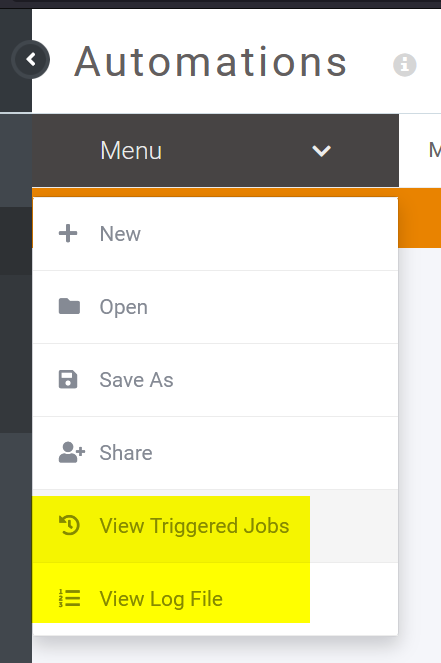I'm having a hard time monitoring our production fme server due to the high number of jobs it runs. Typically it runs 3000+ jobs each day.
We have a system of workspaces, that automatically monitors and processes relevant requests from a national database for multiple customers. The processes run every 5 minutes half of every business day, which produces most of the mentioned number of jobs.
The jobs that process the requests are identical, and a string of modular jobs are launched for each request. This makes it difficult to monitor the progress of each request just by using the built-in web interface.
Are there any smarter ways to utilize the standard interface for monitoring, or must I create my own procedures, and my own logging (to a db) ?
Cheers.
Still using 2020.2.5






